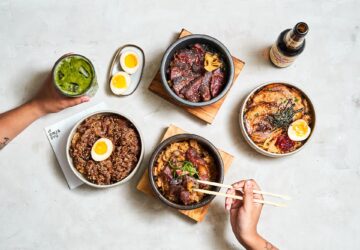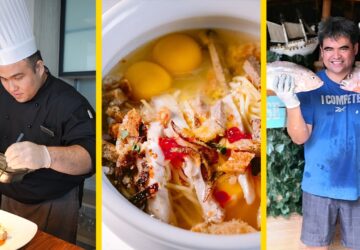With a lot of experience up his sleeve, Design for Tomorrow (DFT) creative director and chief strategist Ric Gindap has a lot to say about branding for hospitality, lifestyle, and F&B brands. In fact, he has shared his experience with us previously, in an article that featured Malaysian vegan frozen dessert brand Kind Kones.
Having worked with over 20 F&B brands during his colorful career, we again asked for his insights on F&B branding—this time featuring more of his work at DFT. Their portfolio spans different industries, so I couldn’t help but wonder how working with F&B is different from other industries.

“It is more difficult because of the brand identity,” Gindap says. “There are a lot of factors to consider such as the name, packaging, and environment. These are also highly emotional brands.”
Why should emotion be at the forefront of working with F&B brands? For Gindap, it is because of the high level of trust that needs to be established. After all, you are convincing your audience to consume the product and make it a part of themselves.
“[F&B branding] is more difficult because of the brand identity,” Ric Gindap says. “There are a lot of factors to consider such as the name, packaging, and environment. These are also highly emotional brands.”
Gindap previously shared that he always starts with asking clients about the brand’s foundation, or simply put, the brand’s reason to exist. Then follows it up with relevant questions: What makes the brand different? What is their vision? Their responses are important as they will serve as the backbone of the customer experience.
Having such a varied portfolio, I asked Gindap what his most memorable projects were. “That’s like asking someone who their favorite child is,” he replies with a laugh. However, after some pondering, he shared his top three F&B brands and his takeaways from each.
Marquis
Considered as a high-end events place in Bonifacio Global City (BGC), Marquis is the first brand that came to Gindap’s mind. The events place established itself as a key location for corporate organizations and event planners since 2018 owing to its reliable culinary services.

“[This was memorable because] it was very challenging. We came in late into the game and the client wanted to position the brand at the top end of the spectrum,” he explains.
This challenge Gindap refers to involves unifying all the elements—from the concept based on the legacy of the founders’ grandfather to the brand name and interior design, which already existed. “It’s easier to work on a brand when you are there from the get-go because you get a hand in shaping the brand,” he says.
“It’s easier to work on a brand when you are there from the get-go because you get a hand in shaping the brand,” Ric Gindap says.
Despite the difficulties, the main takeaway from this experience is to have a compelling story to tell. For Marquis, this means cultivating the dreams of those renting the space. And Gindap envisioned this through a modified logo/typeface that references the sleek elegance of crane legs and nods to the three sisters who are the pillars of the brand.
They also developed the brand essence, “Inspired spaces for inspiring moments,” to introduce the brand’s story to its audience.
La Picara
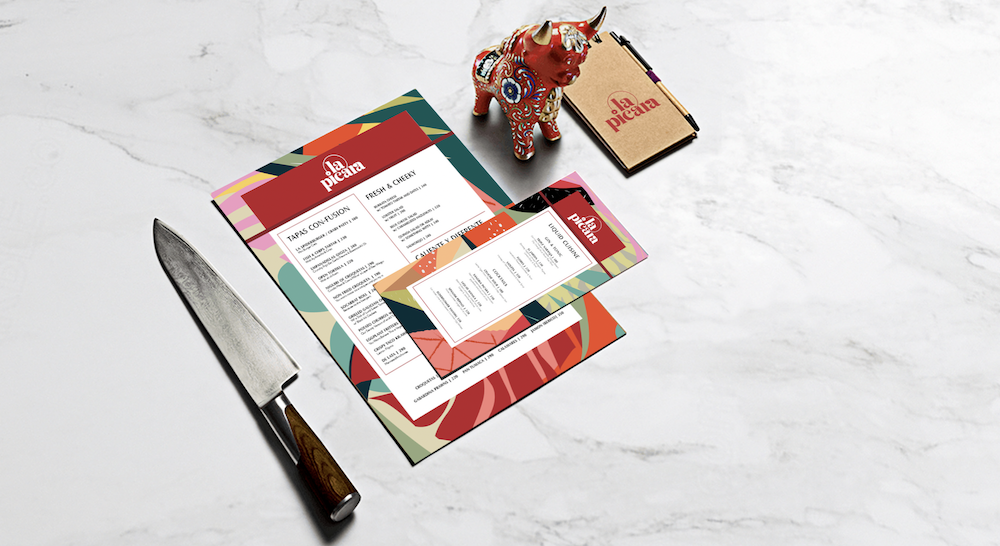
Considered as one of their gateway brands for more projects, this modern Spanish restaurant in BGC was a project that Gindap really enjoyed. Aside from creating the restaurant’s identity, he also worked on La Picara’s commercial line, which helped the brand when the pandemic hit. The overall branding for both is described by his team as having a “cheeky identity introducing a warm, expressive vibe.”
The overall branding for La Picara’s restaurant and commercial line is described by his team as having a “cheeky identity introducing a warm, expressive vibe.”
Similar to Marquis, the main challenge for La Picara was to unify various elements—this time from multiple partners who didn’t always agree with each other.
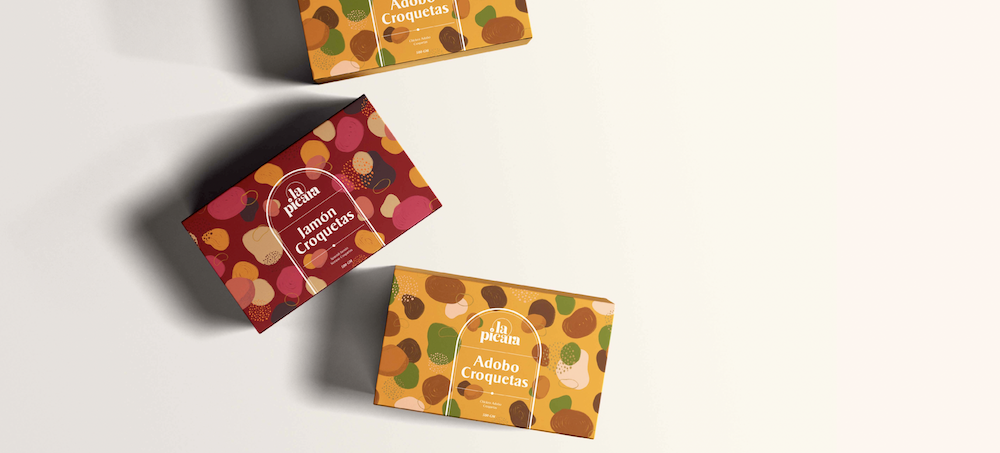
In addition, this project in particular had a short lead time for marrying the various cultures (Spanish, Filipino, and Cuban) the brand wanted to exhibit. For Gindap, who also collaborated with an overseas team of architects, this resulted in a vibrant identity that revolved around a tropical Cuban and Central American style and a name that captures “the flair, spirit, and sense of mischief.”
Kind Kones

Kind Kones still stands out for Gindap given that DFT had to work with a plan for expansion. “The challenge here is magnified 10 times because we are competing with a lot of super established brands in that category. For us, being able to bring a cult product into the mainstream is the highlight of the project.”
It was the brand’s vision that kept them inspired throughout the branding process. “For Kind Kones, the main takeaway is to have a higher calling beyond profit,” says Gindap. “Their vision is to spread kindness to the world in three different ways—to your body, to the environment, and to each other.”
This is evident in Kind Kones’s revamped identity, including a new wordmark, color palette, and visual direction.
His advice to up-and-coming F&B brands
Don’t suddenly change your vision
This is one of the most common mistakes in branding. “Some brands change their vision and try to please everybody. This makes them lose their distinctive power.” Brands should stay true to their vision even beyond the process. After all, customers are drawn to something unique because they are always in search of something new.
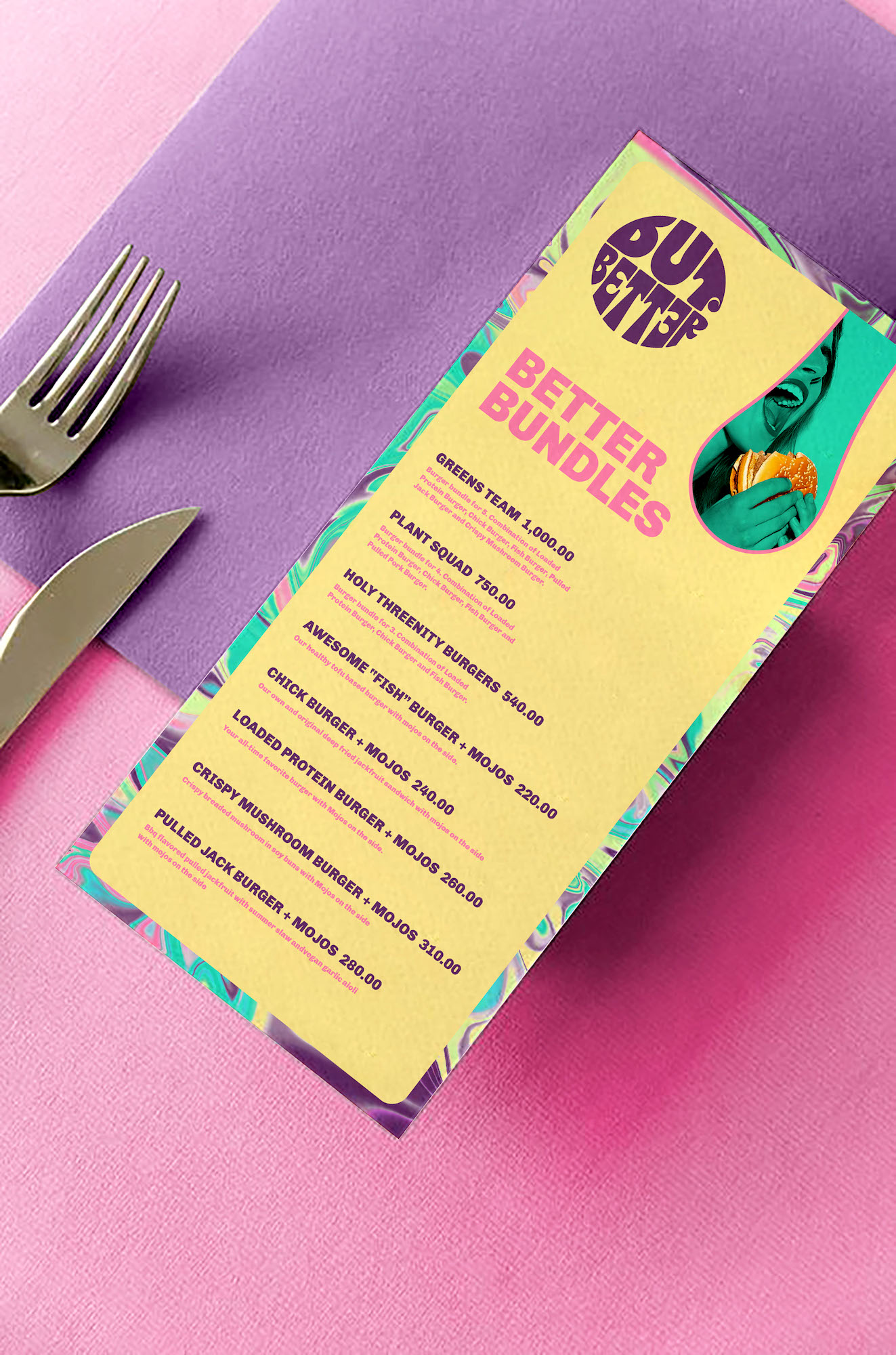
Be nice to everyone
According to him, being nice goes a long way. Be nice, especially to the people you work with, because when you have pure intentions, people will go out of their way to help your brand succeed.
Be clear with your directions
Particularly during the first steps of the branding process, make sure to have a clear vision. Do not give your collaborators conflicting inputs, because anything that comes from a confused team will be costly in the long run.
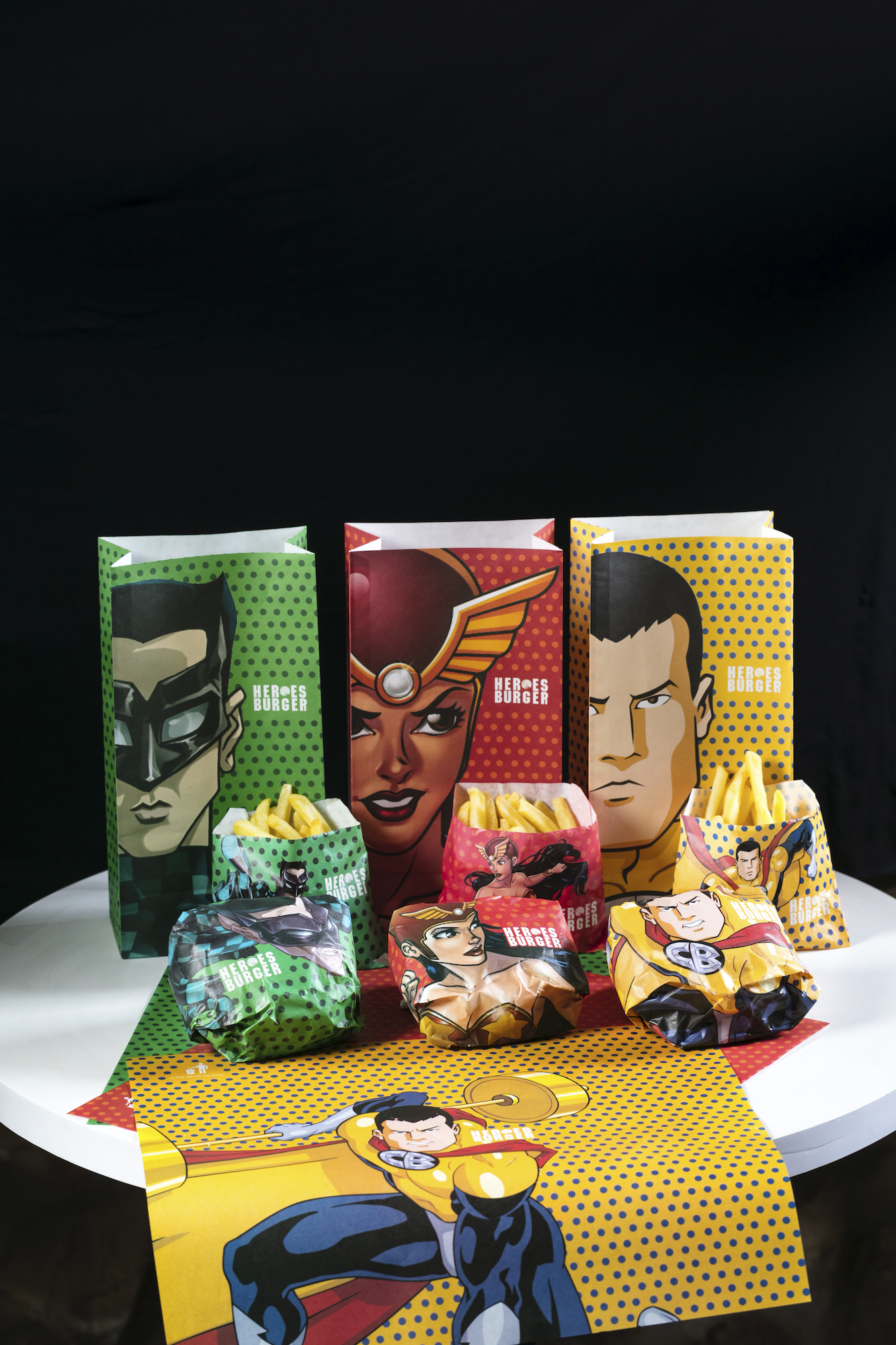
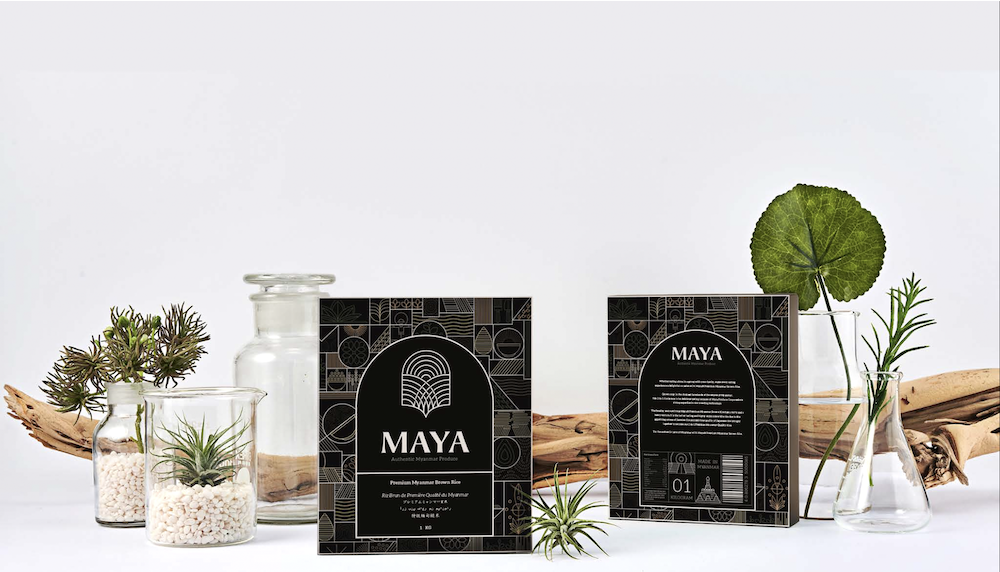
Think of the end-to-end experience early on
While going through the planning process, think about the end-to-end experience that you want for your customers. This is so your brand can complement the experience throughout the consumer journey.
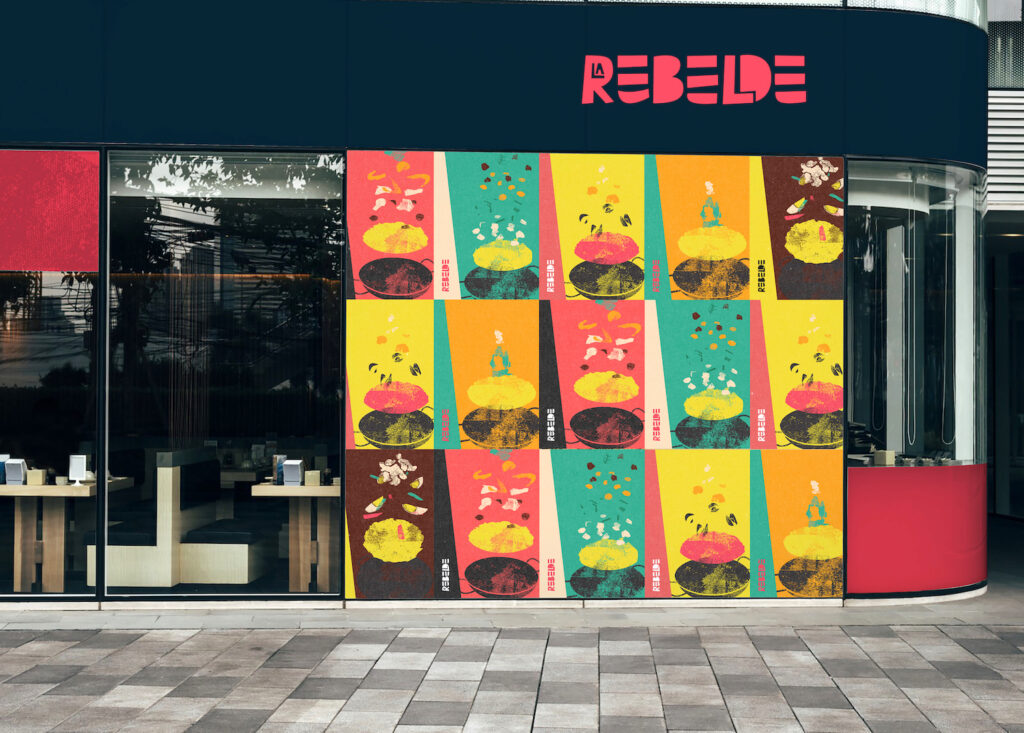
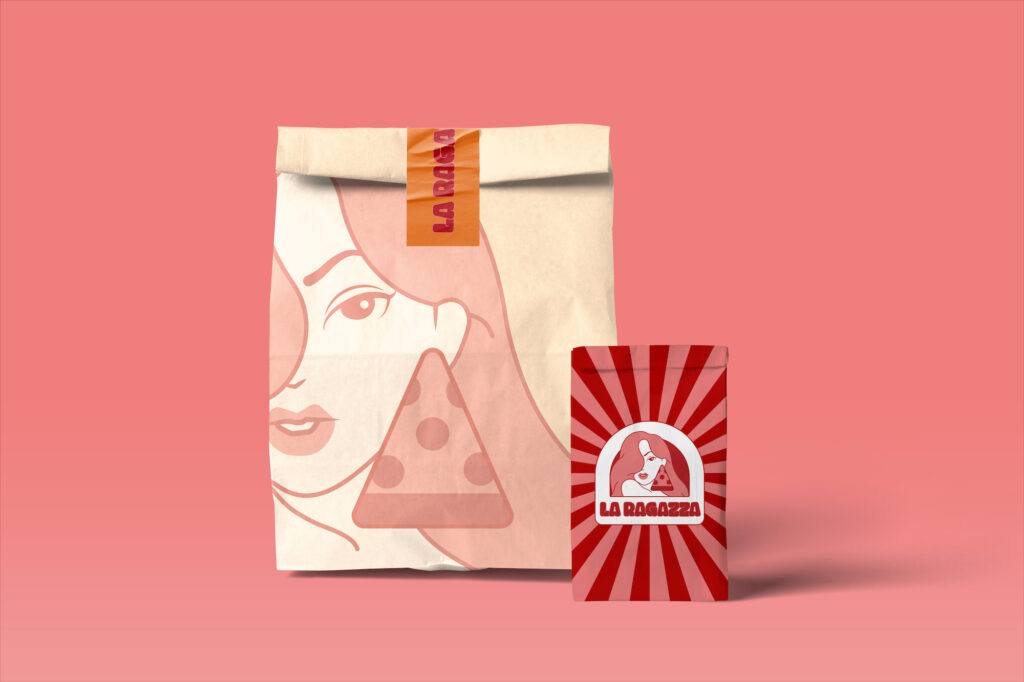
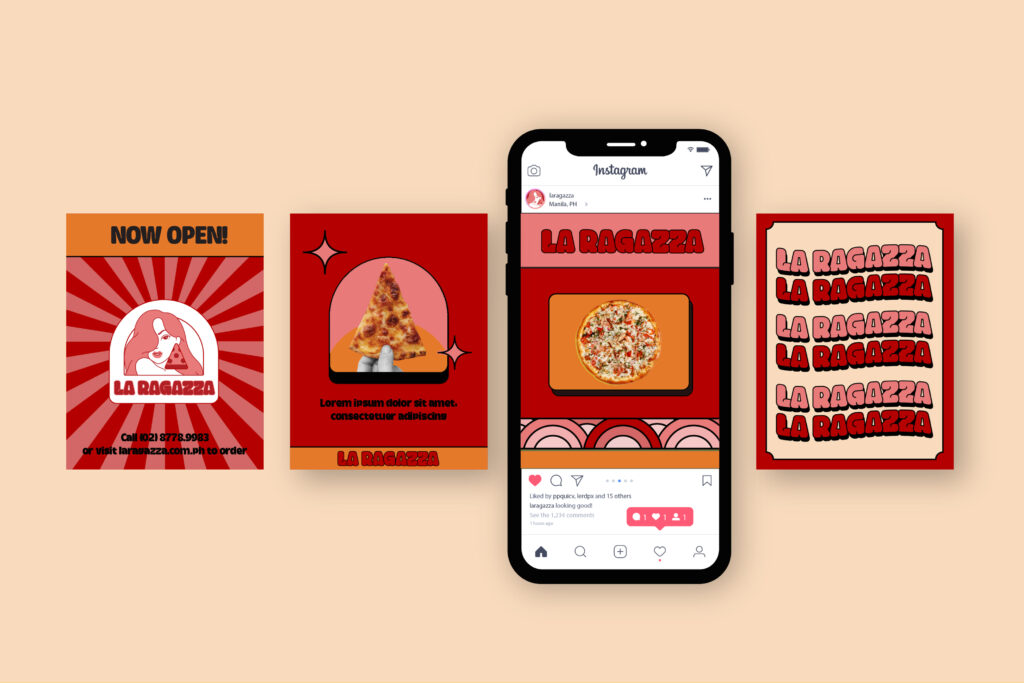
Inspire goodwill with your customers
“People will not create trouble for you if they actually like you,” Gindap states. As such, brands should also inspire goodwill with their customers because this gives them more reason to support the brand and become advocates for it.
Have the right motives
That is, have the motivation that elevates the brand to a different level. Have a higher calling than just making profit because that would make your brand more relatable.


